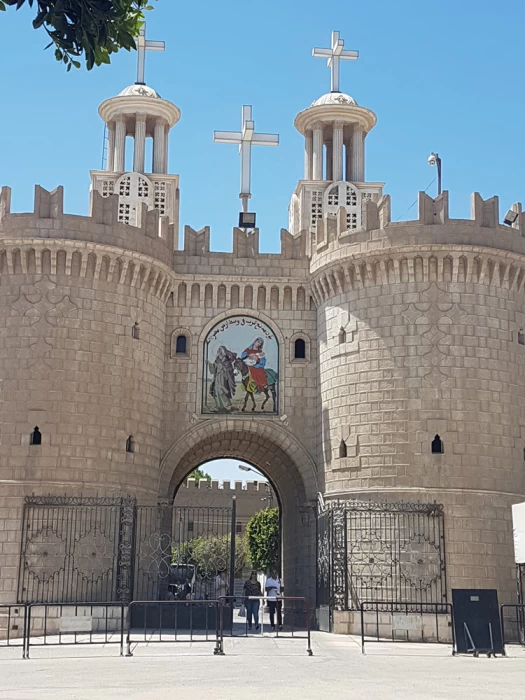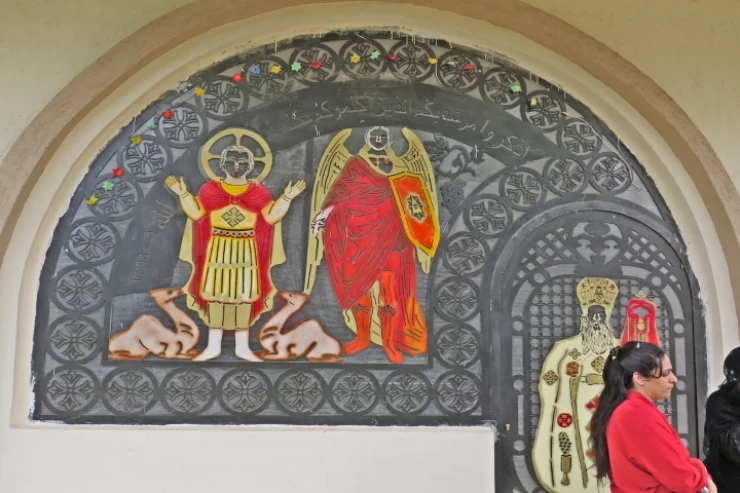
The Muharraq Monastery in Assiut
The Muharraq Monastery in Assiut
The Monastery of Our Lady is one of the most important monasteries, Christian shrines and Coptic monuments in Egypt, as the Holy Family came to it while fleeing Palestine to hide from the persecution of King Herod, who was seeking to kill Jesus Christ.
The monastery is known by several names, most notably 'The Monastery of the Virgin Mary', due to the stay of the Holy Family, the Virgin Mary, her son Jesus Christ and Joseph the Carpenter, during their escape from Palestine and their flight to Egypt.
The Monastery of Our Lady was also known as 'The Burned', because it was adjacent to an area where weeds were growing, which were disposed of by burning them, so the place around the monastery was called the burned or burnt area, and over time the name of the monastery of the burned settled on it.
The Qasqam Monastery,or the Qusqam Mountain Monastery as it is referred to in the vernacular: The explanation being that the Monastery is built on the surface of a mountain known as Qusqam, which is an Egyptian noun with two components, 'Qus' - which refers to the name of a long-gone city that served as the administrative center for the 14th of the twenty-two divisions of Upper Egypt, and 'Qam' - which denotes the region located to the west of the fourteenth division and translates to boundless, never-ending, then because Qam sounds so much like Qus, it is coupled with Qus to make Qusqam the geography and mountain Qusqam is referred to as the Qusqam mountain monastery.
The Holy Family stayed for an estimated period of '6 months and 10 days', which is considered the longest period the Holy Family spent in this place. Why was the Monastery of Our Lady called 'The Second Jerusalem'?
After the Holy Family blessed the area and stayed there for about 185 days, the monastery was built and the monumental Church of the Virgin and the first altar in the world was built, which is the stone on which Christ sat; then the Abyssinians wanted to live the monastic life in Jerusalem, Palestine, but they could not travel there, so they lived inside the Monastery of Our Lady of the Incinerated Virgin as an alternative solution.
The archaeological Church of Our Lady of the Assumption, which is the abandoned house where the Holy Family lived until the 19th century, then it was turned into a church in the Christian era, and two rooms were built on both sides of the temple, and the most important part of the temple is the stone altar, which is the stone on which Jesus Christ sat as a child.
The archaeological fort dates back to the sixth or seventh centuries AD, and is one of the smallest fortresses found in today's monasteries and fortresses in general, as it was built to protect the monks, and inside the monastery's fortress there is only one church named after the angel Michael.















